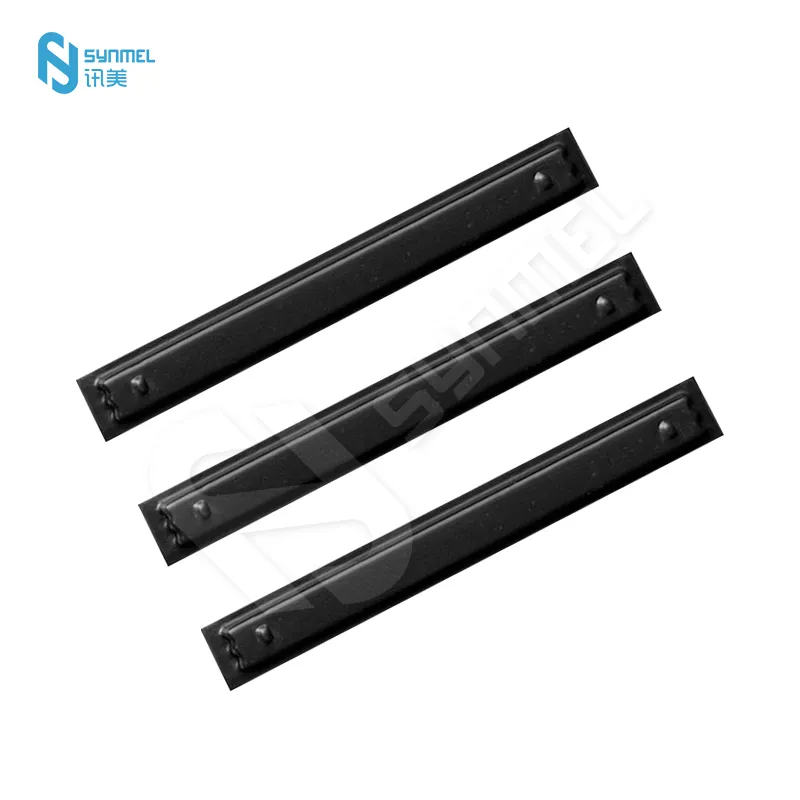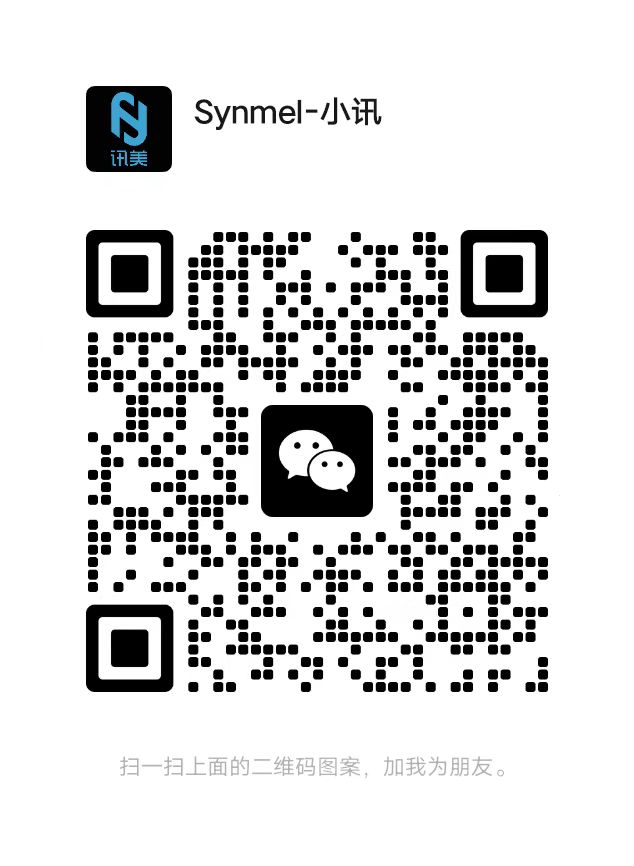- English
- Español
- Português
- русский
- Français
- 日本語
- Deutsch
- tiếng Việt
- Italiano
- Nederlands
- ภาษาไทย
- Polski
- 한국어
- Svenska
- magyar
- Malay
- বাংলা ভাষার
- Dansk
- Suomi
- हिन्दी
- Pilipino
- Türkçe
- Gaeilge
- العربية
- Indonesia
- Norsk
- تمل
- český
- ελληνικά
- український
- Javanese
- فارسی
- தமிழ்
- తెలుగు
- नेपाली
- Burmese
- български
- ລາວ
- Latine
- Қазақша
- Euskal
- Azərbaycan
- Slovenský jazyk
- Македонски
- Lietuvos
- Eesti Keel
- Română
- Slovenski
- मराठी
- Srpski језик
Is EAS narrow label cost-effective?
2024-11-12
EAS narrow label are electronic tags used to prevent goods from being stolen. They are widely used in the retail industry, such as supermarkets, clothing stores, electronic product stores, etc. It works in conjunction with the EAS security system to trigger alarms and prevent merchandise from being stolen.
Whether the EAS narrow label is cost-effective or not mainly depends on the following factors:
1. Function and performance
The main function of EAS narrow label is anti-theft, which can effectively prevent goods from being taken out of the store without authorization. In this regard, EAS narrow tags have significant advantages over other anti-theft technologies, especially in retail environments:
Efficient anti-theft: Narrow labels usually use radio frequency (RF) or ultra-high frequency (UHF) technology. After being connected to the access control system, they can detect the flow of goods in time and trigger alarms, reducing theft losses.
Easy to install and manage: It is easy to install and does not require complex technical equipment and maintenance. Compared with other anti-theft methods, the management of EAS narrow tags is more flexible and efficient.
Tamper-proof design: Many EAS narrow labels are designed to be tamper-proof and difficult to be easily disassembled or removed, increasing security.
2. Price
EAS narrow labels are generally less expensive, especially when compared with traditional anti-theft devices. The specific price varies depending on the brand, function, purchase quantity and customization requirements, but generally speaking, the EAS narrow label price is more affordable and is a cost acceptable to most retailers.
3. Scope of application of labels
EAS narrow labels are suitable for many commodity types, especially small and medium-sized commodities and items of certain value. They are usually used on smaller items to help stores avoid theft losses. In these application scenarios, EAS narrow tags can be very cost-effective.
4. Impact on store operations
EAS narrow labels not only improve safety, but also help improve customer experience and operational efficiency.
5. Disadvantages and limitations
Although EAS narrow labels are cost-effective, there are still some shortcomings or limitations:
It cannot prevent all types of theft: EAS tags only work when goods pass through the access control, and may not completely prevent some special theft methods.
Need to cooperate with EAS system: If there is no suitable access control system, the effect of using EAS narrow tags alone is limited, and the overall investment cost of the system needs to be considered.
Summary: EAS narrow labels are cost-effective, but they must be considered comprehensively based on the specific retail environment, product characteristics, and budget.




